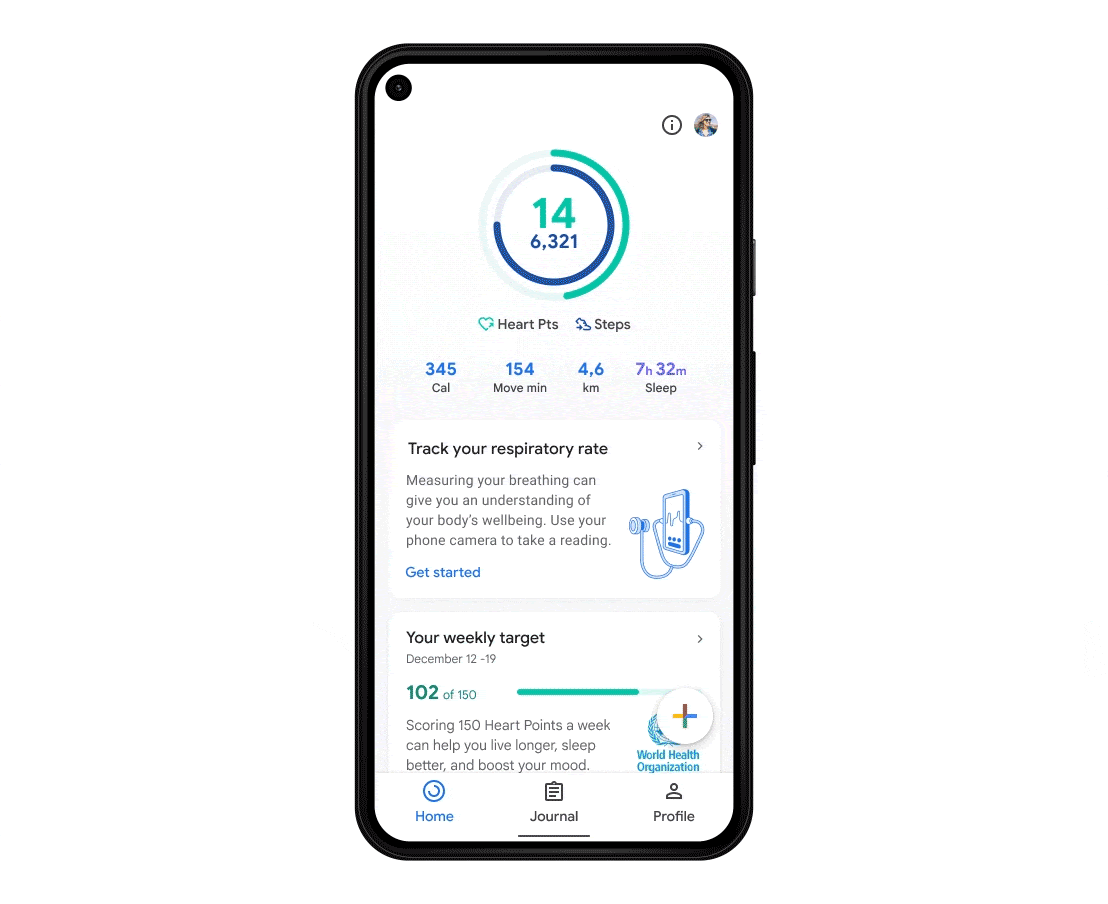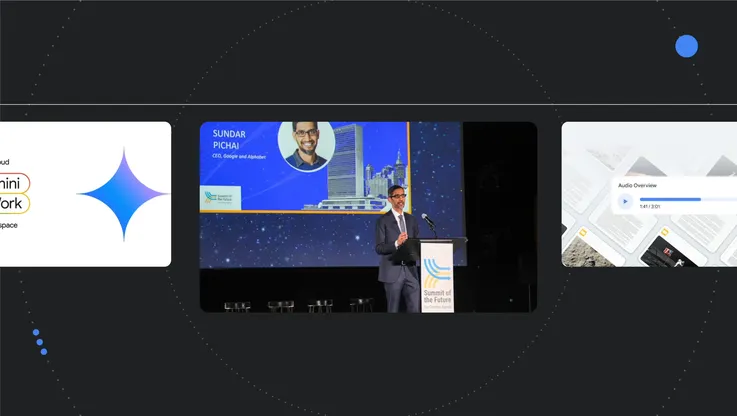Take a pulse on health and wellness with your phone
Mobile devices have become essential daily tools for people all over the world — from staying connected to taking pictures and accessing information. Thanks to sensors that are already built into smartphones — like your microphone, camera and accelerometer — these devices can also be helpful for daily health and wellness.
Heart rate and respiratory rate are two vital signs commonly used to assess your health and wellness. Starting next month, Google Fit will allow you to measure your heart rate and respiratory rate using just your phone’s camera. These features will be available in the Google Fit app for Pixel phones, with plans to expand to more Android devices.

Measure and monitor respiratory rate directly in the Google Fit app.
To measure your respiratory rate, you just need to place your head and upper torso in view of your phone’s front-facing camera and breathe normally. To measure your heart rate, simply place your finger on the rear-facing camera lens.
While these measurements aren’t meant for medical diagnosis or to evaluate medical conditions, we hope they can be useful for people using the Google Fit app to track and improve day-to-day wellness. Once the measurements are made, you can choose to save them in the app to monitor trends over time, alongside other health and wellness information.
Developed to work for more people in real-world conditions
Thanks to increasingly powerful sensors and advances in computer vision, these features let you use your smartphone’s camera to track tiny physical signals at the pixel level — like chest movements to measure your respiratory rate and subtle changes in the color of your fingers for your heart rate.
We developed both features — and completed initial clinical studies to validate them — so they work in a variety of real-world conditions and for as many people as possible. For example, since our heart rate algorithm relies on approximating blood flow from color changes in someone’s fingertip, it has to account for factors such as lighting, skin tone, age and more in order to work for everyone.
With continued advances in hardware and software, sometimes the device that could be most helpful to your health and wellness is already in your pocket. Our team of researchers, engineers, and clinicians are exploring how everyday devices and inexpensive sensors can give people the information and insights they need to take control of their health.
You can learn more about our work in this area by tuning in to The Check Up, a virtual event showcasing how Google is working to tackle some of the biggest challenges in health.






